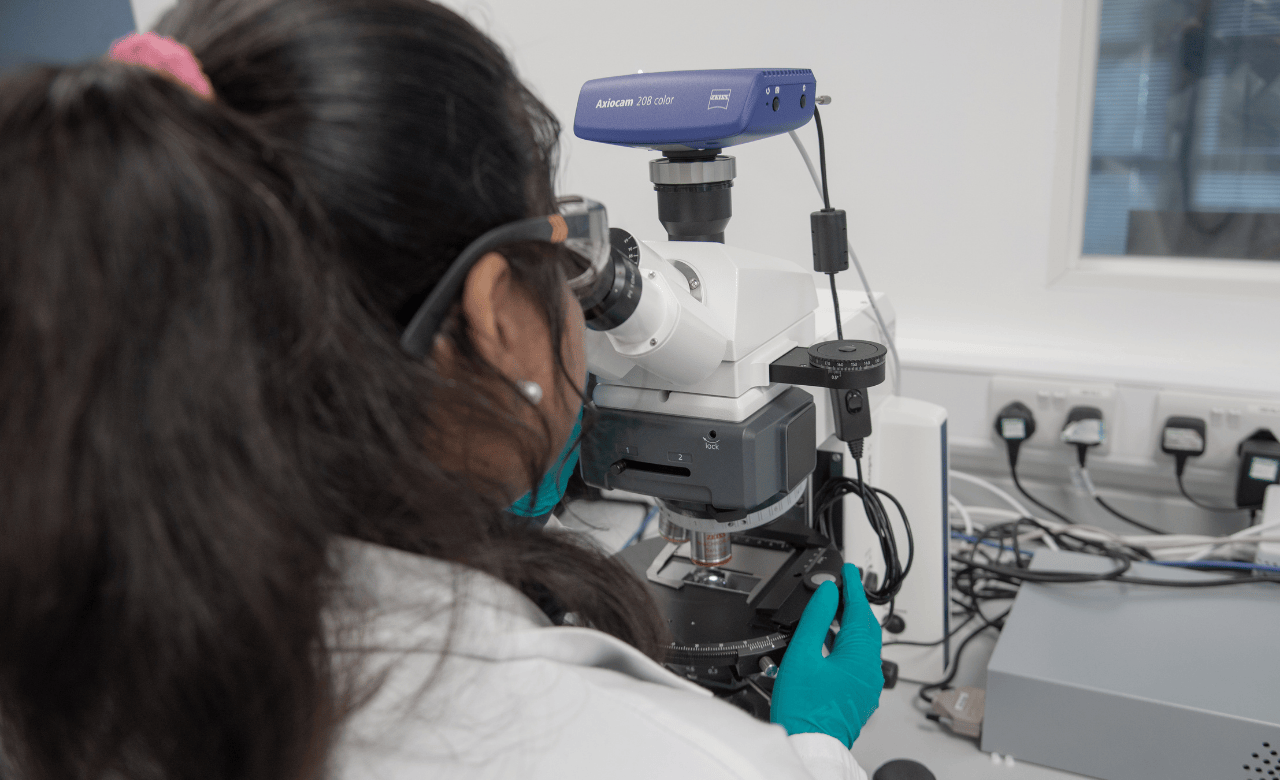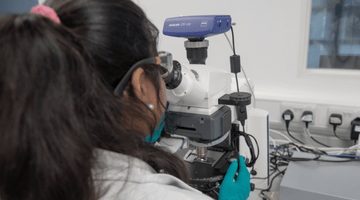

A–Z Glossary
A–Z Glossary
Drug development is full of complex terminology, evolving regulations, and scientific acronyms.
This glossary is designed to make it simple and offers clear, accurate definitions of key terms across chemistry, biology, analytics, and CMC.
A-Z Glossary
Active Pharmaceutical Ingredient (API)
The biologically active component in a pharmaceutical product that produces the drug’s medical effects
Catalysis
The art of accelerating chemical reactions using additives that are themselves unchanged (catalysts), which is crucial for developing efficient and scalable chemical synthesis processes
Chemistry, Manufacturing and Controls (CMC)
A set of activities involved in the development, manufacture and quality control of pharmaceutical products to ensure they meet regulatory standards
Chromatography
A laboratory technique for the separation of a mixture into its components, used extensively in the purification and analysis of compounds
Crystallisation
A process used to form solid crystals from a solution, melt or gas, often used in the purification of substances. In the pharmaceutical industry, this is performed to purify compounds to meet specification
DMPK / Bioanalytics / PKPD
Disciplines focused on understanding the absorption, distribution, metabolism and excretion (ADME) of drugs (DMPK), analysing biological samples (Bioanalytics), and studying the relationship between drug concentrations and their effects (PKPD)
First-Time-in-Human (FTIH) and Proof-of-Principle/Concept (PoP/PoC) Studies
Early clinical trials conducted to evaluate the safety, tolerability and initial efficacy of a new drug in humans for the first time
Glues
A class of molecules that play a crucial role in binding and stabilising protein-protein interactions in biological systems, often used in drug development due to their potential to impact cellular pathways
Good Manufacturing Practice (GMP) Manufacturing
A system ensuring that products are consistently produced according to the requisite quality standards, crucial for pharmaceutical manufacturing
Hit-to-Lead (H2L) / Lead Optimisation (LO)
Stages in drug discovery where initial hits from high-throughput screening are optimised to identify promising lead compounds for further development
ICP-MS Biomarker Quantification
A technique using Inductively-Coupled Plasma Mass Spectrometry (ICP-MS) to measure biomarkers, which are indicators of biological states or conditions
Isotope Labelling
The incorporation of isotopes into molecules to trace and study chemical and biological processes
Lyophilisation
Also known as freeze-drying, this process removes water from a product after it is frozen and placed under a vacuum, allowing the ice to change directly from solid to vapor without passing through a liquid phase
mRNA (Messenger RNA)
A type of RNA that carries genetic information from DNA to the protein synthesis machinery of the cell. mRNA technology is used in developing vaccines and therapeutics
OEB5 Radiolabelling Capabilities
The ability to handle and label compounds with radioactive isotopes at the highest level of containment (OEB5), ensuring safety and precision in studies
Oligonucleotides
Short strands of DNA or RNA used in research, diagnostics and therapeutics, particularly in the development of RNA-based drugs
Peptides
Short chains of amino acids linked by peptide bonds, which play crucial roles in biological processes and are used in drug development
Pharmacology
The branch of medicine and biology concerned with the study of drug actions and interactions, including between drugs and with biological systems
Radiochemistry
The chemistry of radioactive materials, where radioactive isotopes are used to study chemical and biological processes or develop radiopharmaceuticals
Small Molecules
Low-medium molecular weight APIs that function as therapeutic agents due to their ability to enters cells and regulate biological processes
Solid/Liquid-Phase Synthesis
Techniques used to synthesise compounds, where solid-phase synthesis involves attaching molecules to a solid support and liquid-phase synthesis occurs in solution
Targeting Chimeras (TACs)
A class of molecules designed to selectively target and degrade specific proteins within cells, used in drug development